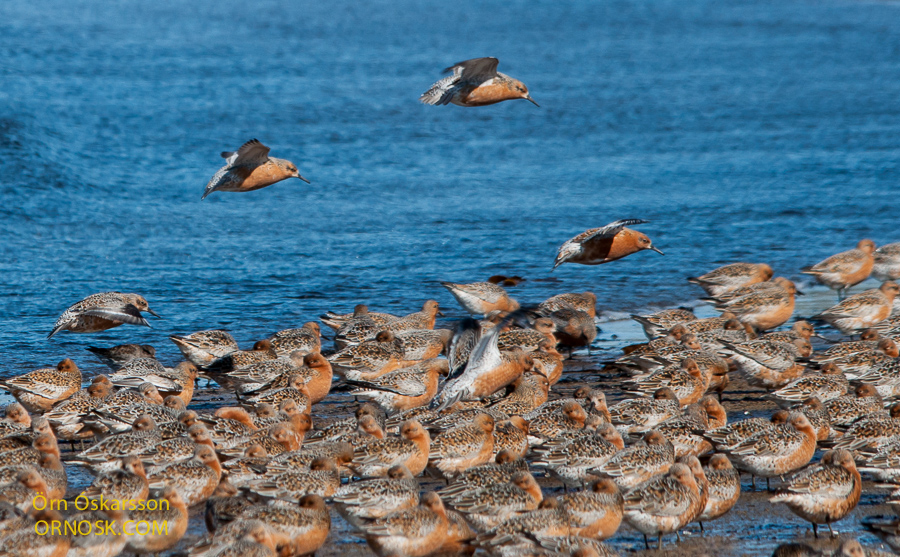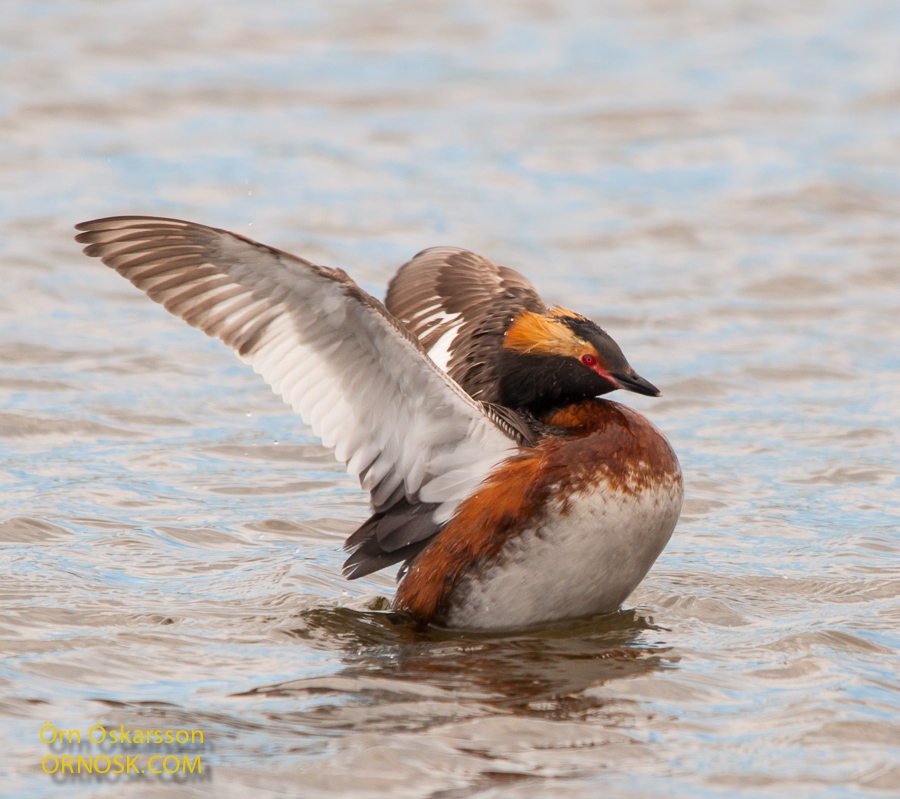
Now in the beginning June the Slovonian Grebe shows off its beauty to attract the female. The Grebes are preparing for breeding but have not started the nest making yet.
The photos are taken by Vífilsstaðavatn, Garðabær, near Reykjavík.

Two kinds of seals can be found around Iceland, the Harbour Seal and the Grey Seal. This is the Grey Seal. It is not as common as the Harbour Seal and also much bigger and not as cute. We came across this one by the bridge in Kolgrafarfjörður Fjord in Snæfellsnes, Iceland, March 2013.

We came across this Harbour Seal (Phoca vitulina) in Snæfellsnes, not far from Fjord Kolgrafarfjörður. It seems to have somekind of infection or tumor blocking the eye. We could not see that the seal was affected by this extra growth as it swam among the other seals, see earlier post.
You can not but feel sympathy for a wild animal like this one and wonder what its life must be like.
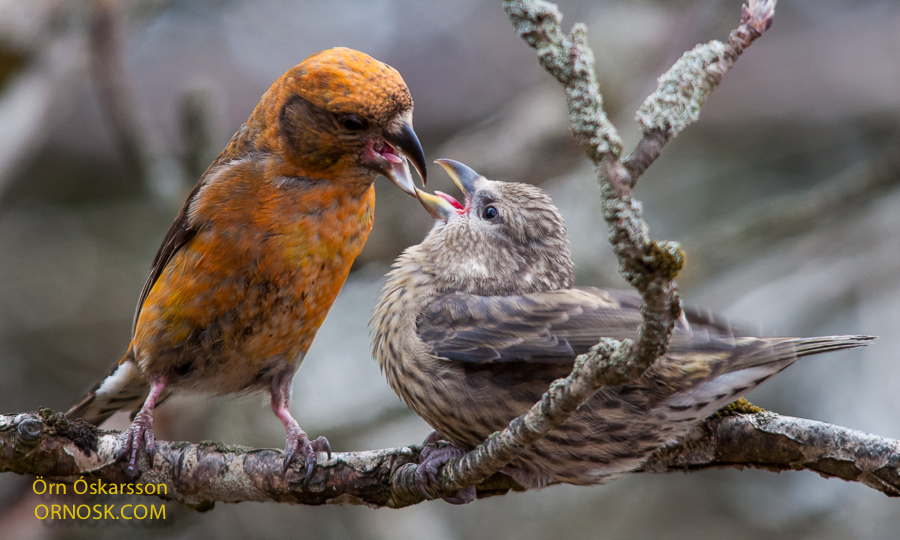
Today a male Crossbill appeared in the garden with as much as five chicks. The chicks let the father feed them sunflower seeds which they seemed to like a lot. The chicks are probably approximately a month old and possibly about 1 -2 weeks since they left they nest. Crossbills have not been seen here in the garden since the first week of April.
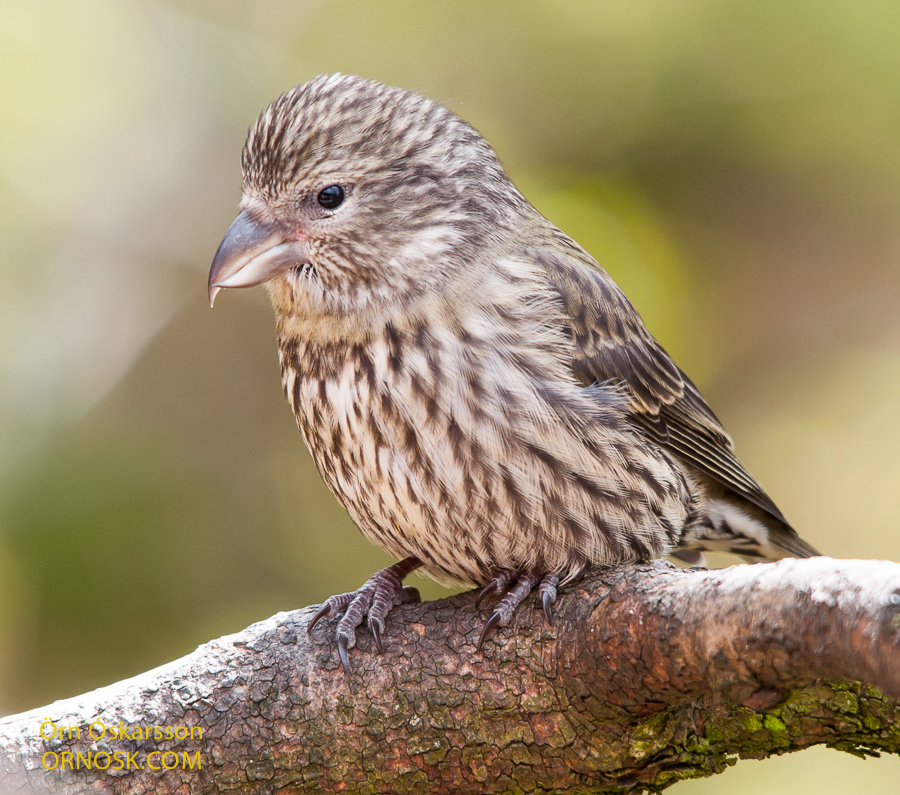
At the same time last year a female Crossbill appeared here with two chicks.
Yesterday we saw several Crossbills with six chicks in Grímsnes, South Iceland.
We saw the first Redpoll chicks in the garden yesterday. Two chicks were looking for food in the feed leftovers from this winter. We usually see the first chicks at the same time every year.
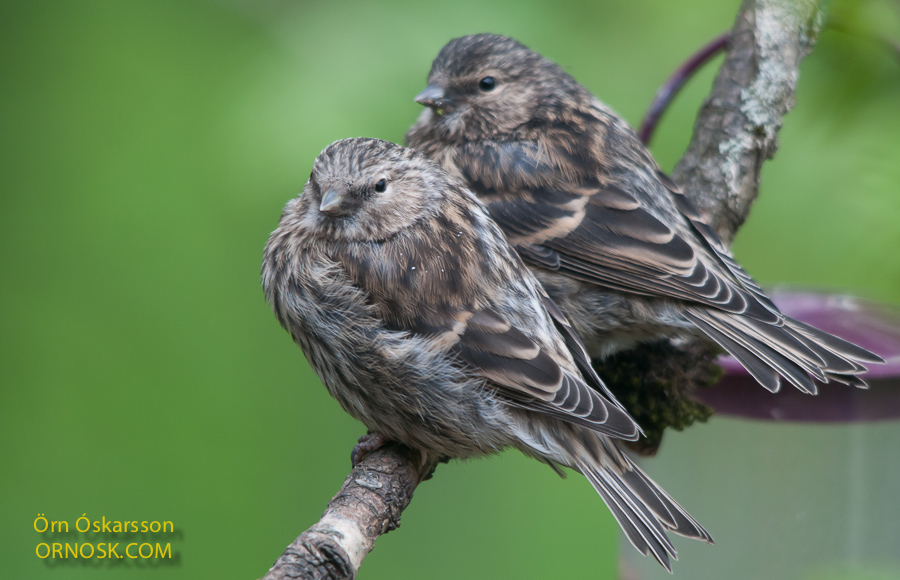
Redpolls breed more than once every summer and the eggs are most often 4 -6 in each breeding although more than four chicks are very seldom seen.
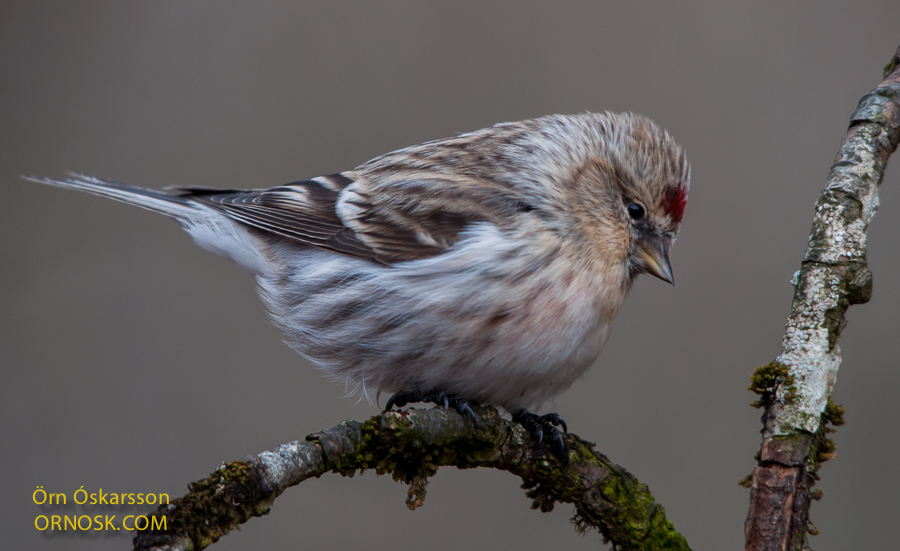
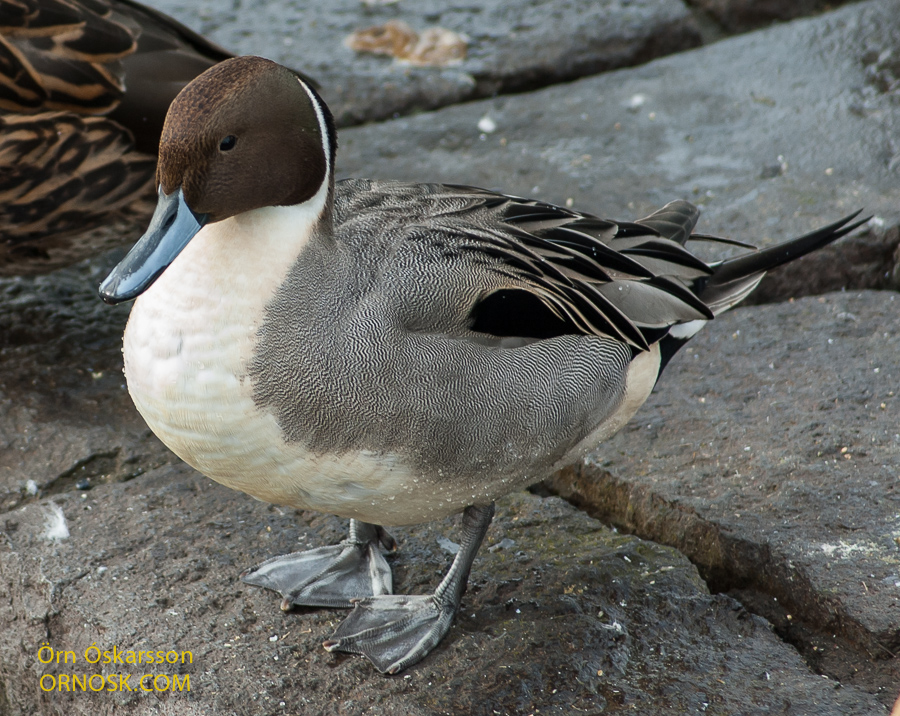
The Pintail (Anas acuta) is a common duck and has a wide distribution all over the Northern hemisphere. In Iceland there are only around 500 breeding pairs, scattered all over the country including the interior.
The Pintail is a dabbling duck like the Mallard, only dipping its head in the water to find food, not the whole body.
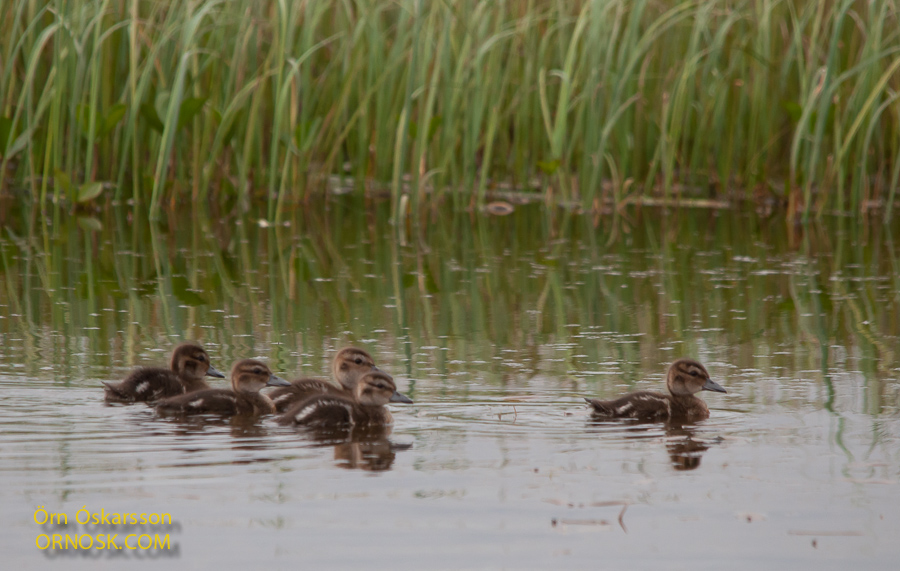
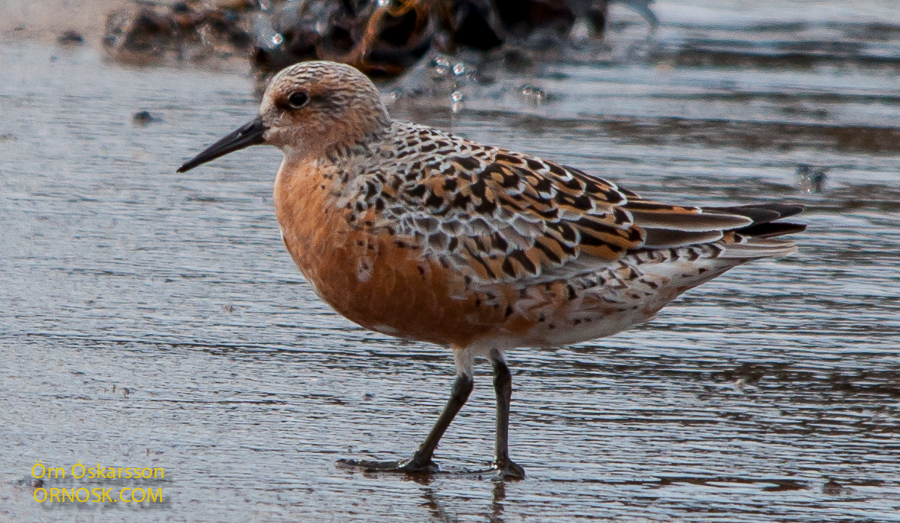
The Knot (Calidris canutus) is a visitor here on the way to its breeding grounds in Greenland and Northeast Canada. In the spring around 270,000 birds stop here and in the autumn their numbers are much higher. For them Iceland is the place to relax and feed on the long flight from their winter grounds in Western Europe. The photos are taken near Eyrarbakki, South Iceland.
